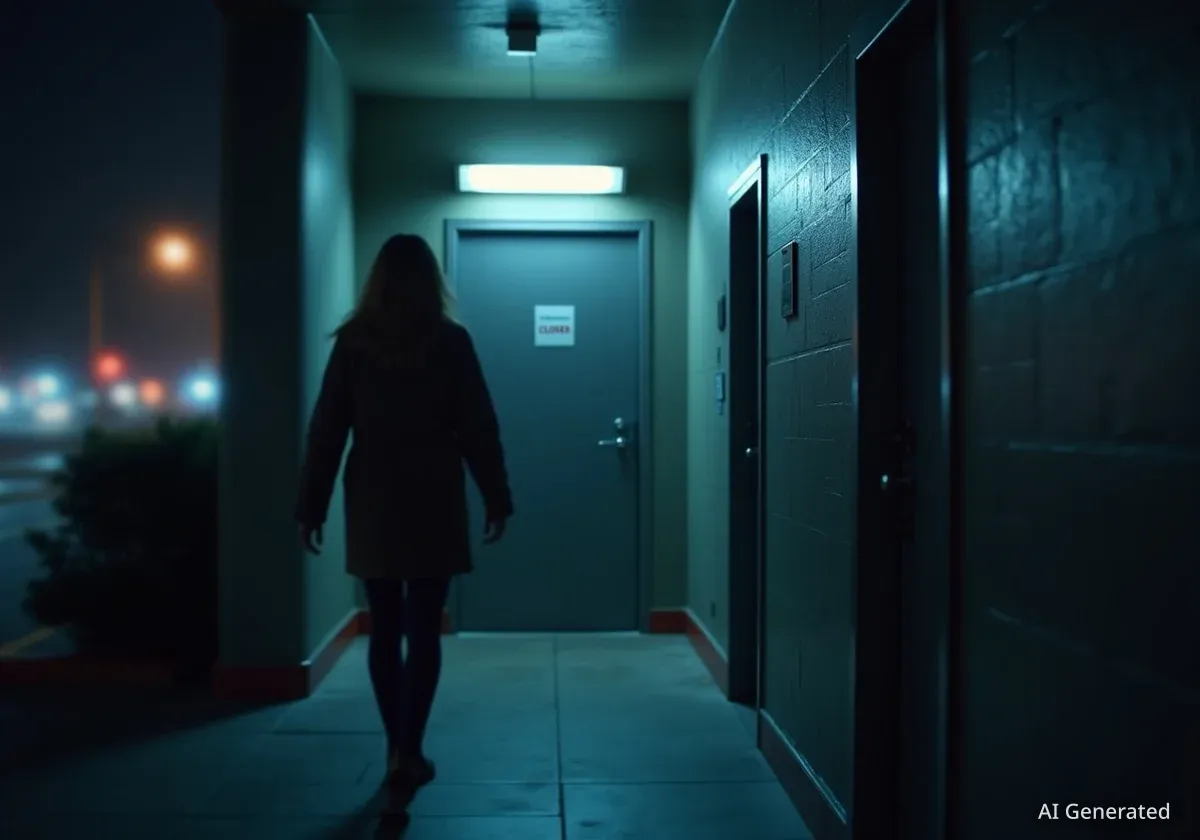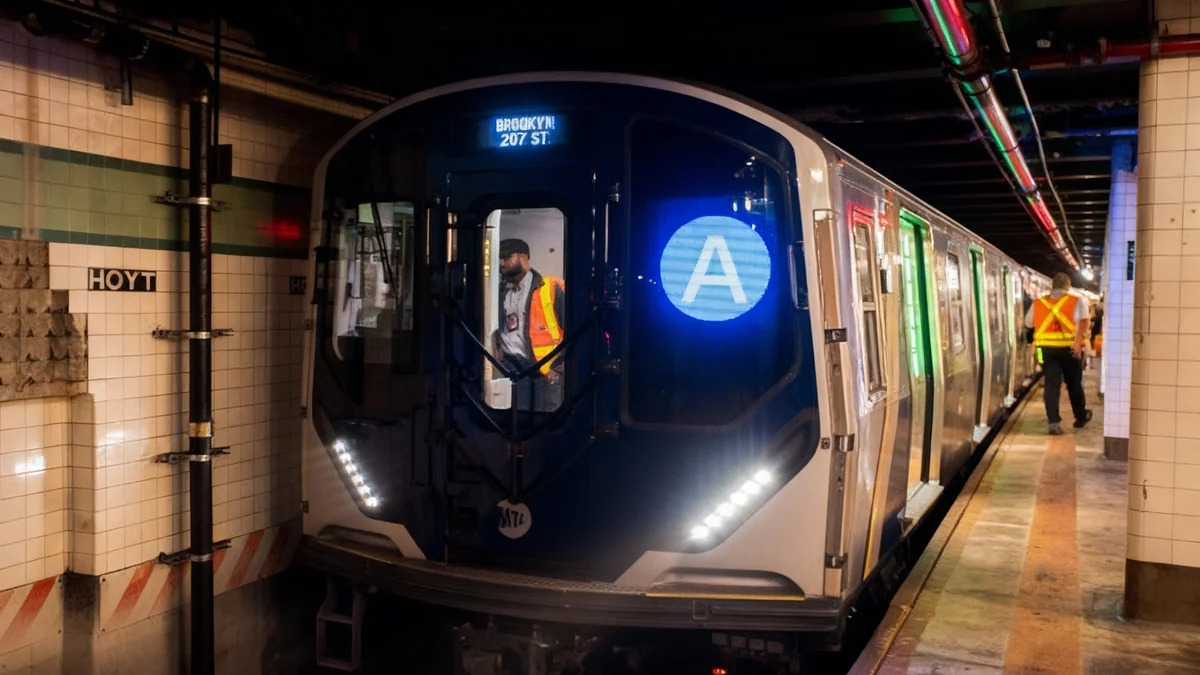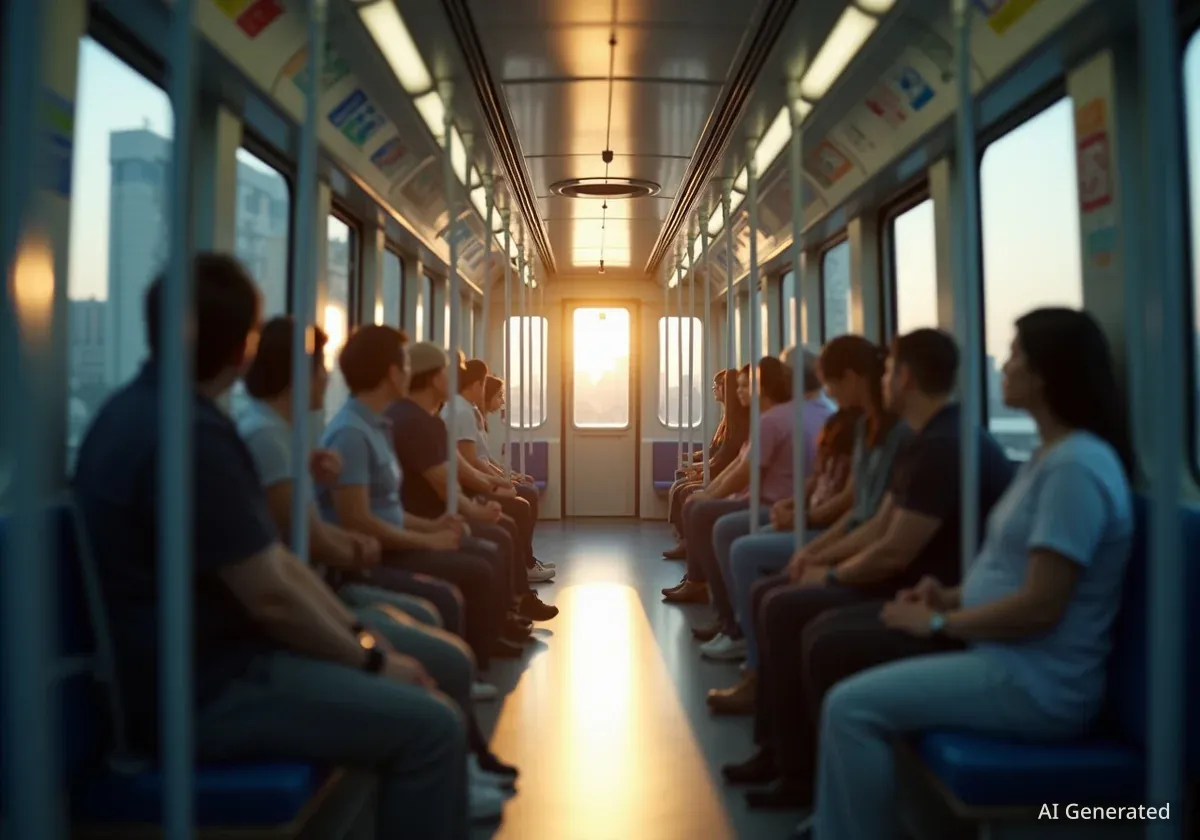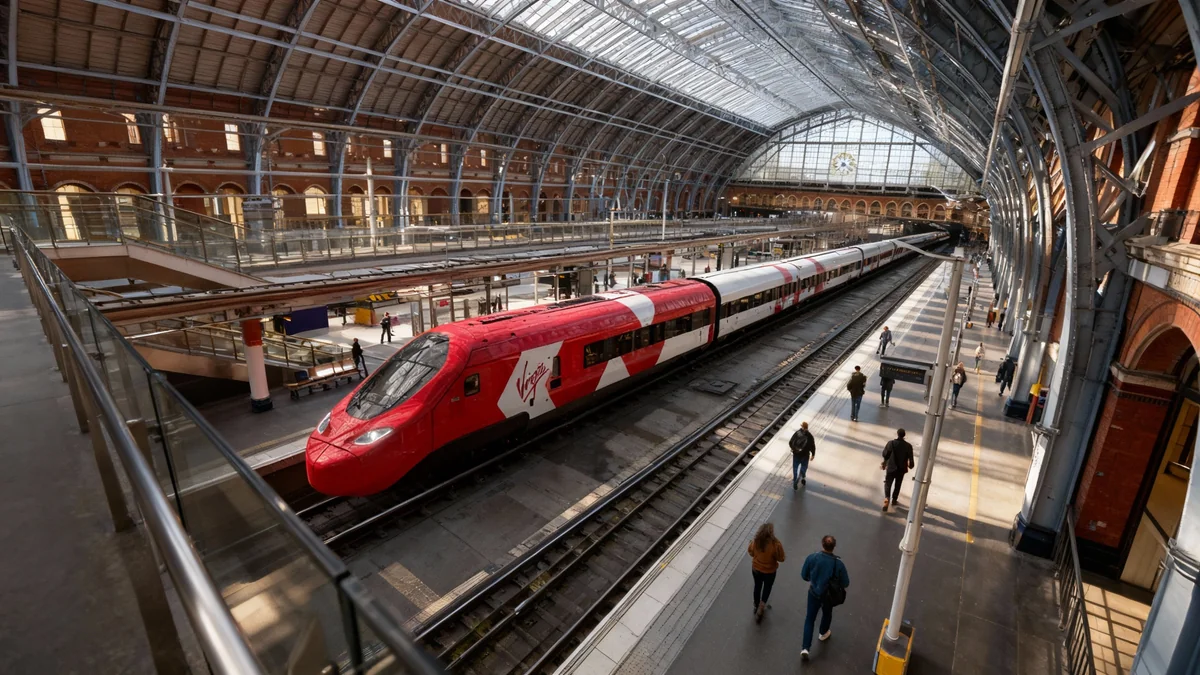A significant commuter rail project designed to connect New York City's northern suburbs to Pennsylvania Station now faces a three-year delay. The Metropolitan Transportation Authority (MTA) confirmed the setback for the $2.9 billion initiative. This means full completion, originally targeted for late 2027, is now expected in the second quarter of 2030.
The delay stems primarily from insufficient track access provided by Amtrak, which owns the railroad infrastructure. Jamie Torres-Springer, the MTA's head of construction and development, highlighted the issue during a recent MTA committee meeting. Despite the overall delay, the MTA still aims to launch limited service in the East Bronx by 2027.
Key Takeaways
- The $2.9 billion Metro-North Penn Station Access project is delayed by three years.
- Full completion is now projected for the second quarter of 2030, instead of late 2027.
- Amtrak's limited track access is cited as the main reason for the setback.
- MTA still plans to start limited service in the East Bronx by 2027.
- The project promises to cut travel times for 500,000 Bronx residents by up to 50 minutes.
Amtrak Access Hinders Progress
The core of the issue lies with Amtrak's provision of track access. Torres-Springer stated that the MTA has not received enough support from Amtrak to carry out essential work on the Penn Station Access project. This lack of access directly impacts the construction timeline.
For instance, in the first two years of the project, Amtrak reportedly provided only seven weekend outages for construction. The MTA had anticipated 48 such outages during the same period. These outages are crucial for taking one track out of service to allow construction teams to perform necessary upgrades and rehabilitation.
"We haven’t gotten support from Amtrak to get the work done on Penn Station Access," Torres-Springer told reporters after the meeting. "What’s most important is we want to start running service for the people of the East Bronx in 2027 as planned."
Project Scope
- Cost: $2.9 billion
- Original Completion: End of 2027
- Revised Completion: Second quarter of 2030
- Federal Funding: Approximately $1.64 billion obligated
MTA's Push for Partial Service by 2027
Despite the significant delay for full completion, the MTA remains committed to launching partial service sooner. The agency aims to get 50% of the new Metro-North service operational by 2027. This partial launch depends heavily on Amtrak's cooperation to complete critical work on time.
This reduced service would involve three temporary Metro-North stations. It would also see 31 trains running, a notable reduction from the planned 105 trains when the project is fully completed. The MTA has sent a letter to Amtrak, detailing steps to reduce delays and facilitate this limited service by 2027, requesting a response by November 12.
About Metro-North Railroad
Metro-North currently operates out of Grand Central Terminal, providing commuter service to the Bronx, Westchester County, and Connecticut. The Penn Station Access project seeks to expand this service, offering direct connections to Manhattan's Penn Station.
Benefits for Commuters and Infrastructure
The Penn Station Access project is designed to bring substantial improvements for commuters. It will create new tracks, increasing overall capacity on the rail network. Furthermore, the project includes modernizing signals, rehabilitating existing tracks and bridges, and upgrading power substations. These enhancements will lead to faster and more reliable service.
An estimated 500,000 Bronx residents are expected to benefit from increased transit access. For these commuters, travel times could be slashed by as much as 50 minutes. Some trips to Connecticut will also see significant reductions, potentially becoming 73 minutes faster compared to current options.
Wider Impact on Northeast Corridor
Much of the Metro-North work involves updating Amtrak's own infrastructure. These improvements will also enhance service along Amtrak's Northeast Corridor. This vital rail link connects major cities including Washington, D.C., Philadelphia, New York City, and Boston.
Past Challenges and Future Concerns
The MTA is keen to avoid the significant cost overruns and delays that plagued a previous major project, East Side Access. That initiative, which brought Long Island Rail Road into Grand Central Terminal, saw costs balloon to $11 billion and suffered years of setbacks. It also involved working with Amtrak, drawing parallels to the current situation.
"This is the same issue," Janno Lieber, the MTA’s chief executive officer, said during the meeting, comparing the current problem to East Side Access. "So this is deadly serious."
Federal funding for the Penn Station Access project appears secure, with approximately $1.64 billion already obligated. The Trump administration's previous freezing of federal funds for New York transportation projects has not impacted this development. The MTA has also engaged legal representation, hiring Troutman Pepper and Locke, underscoring the seriousness of the situation with Amtrak.





